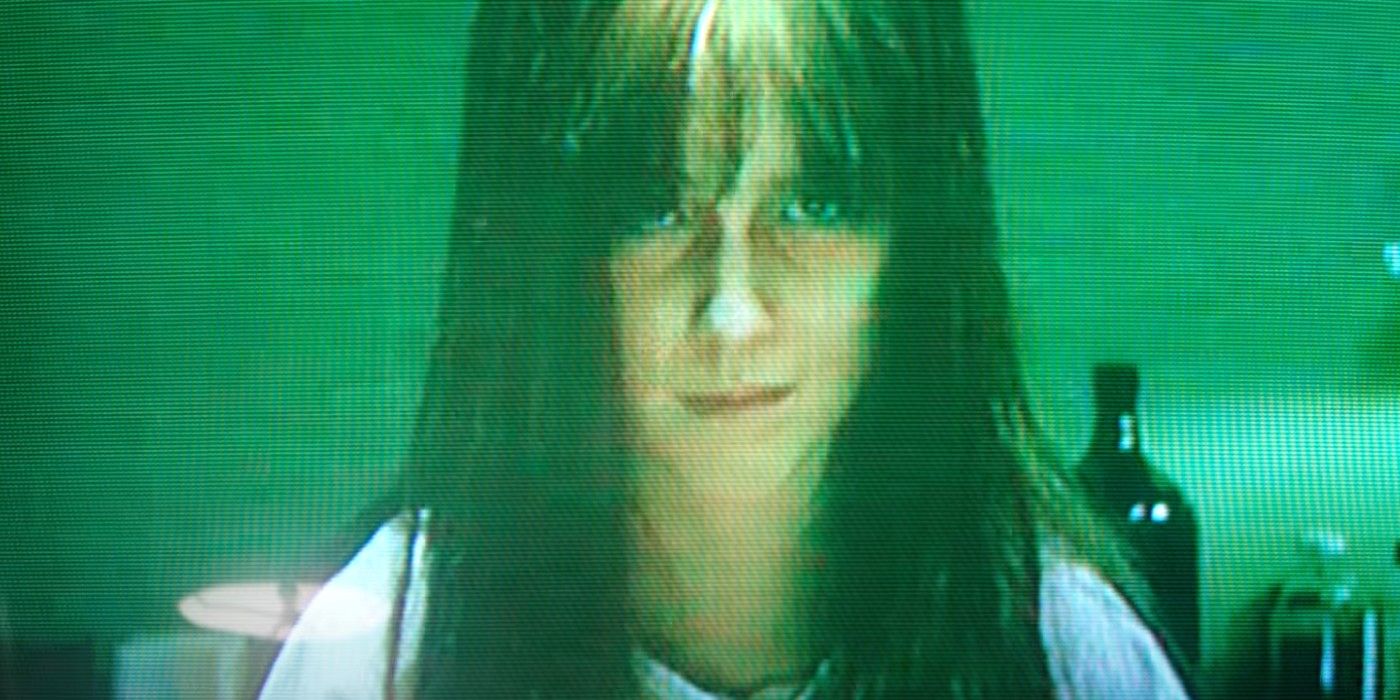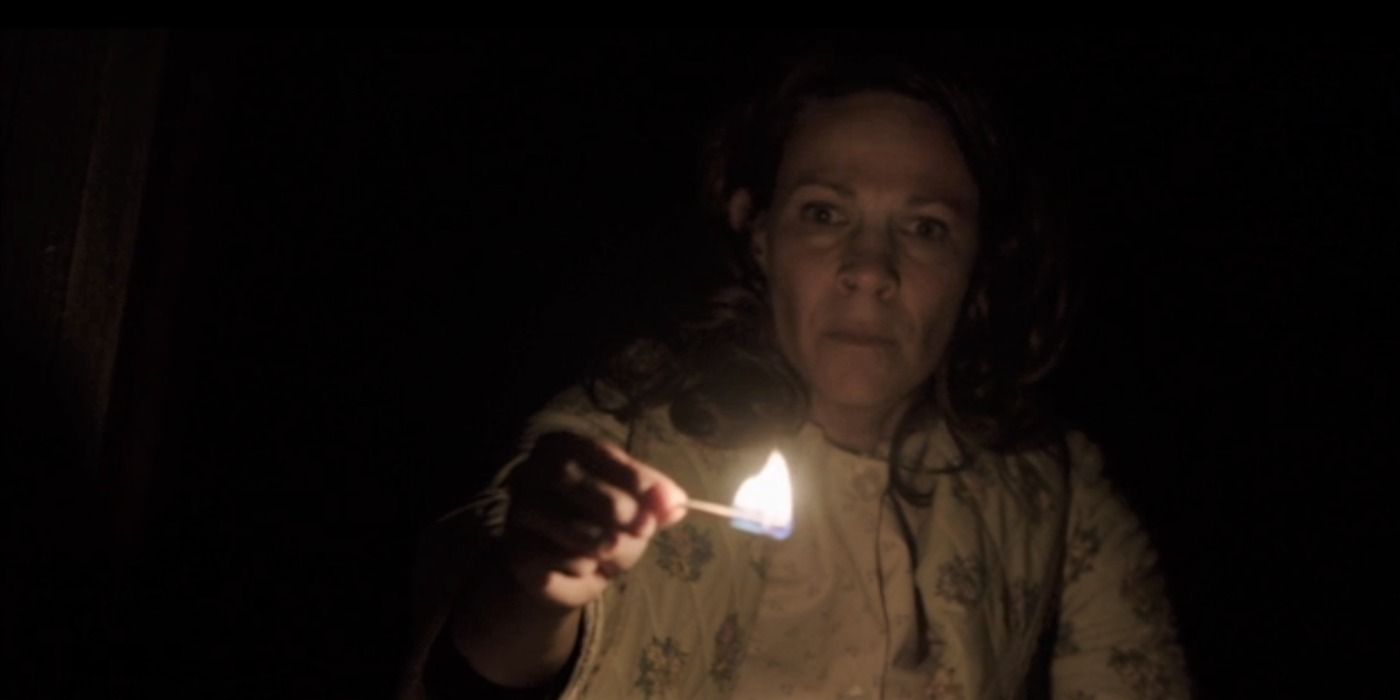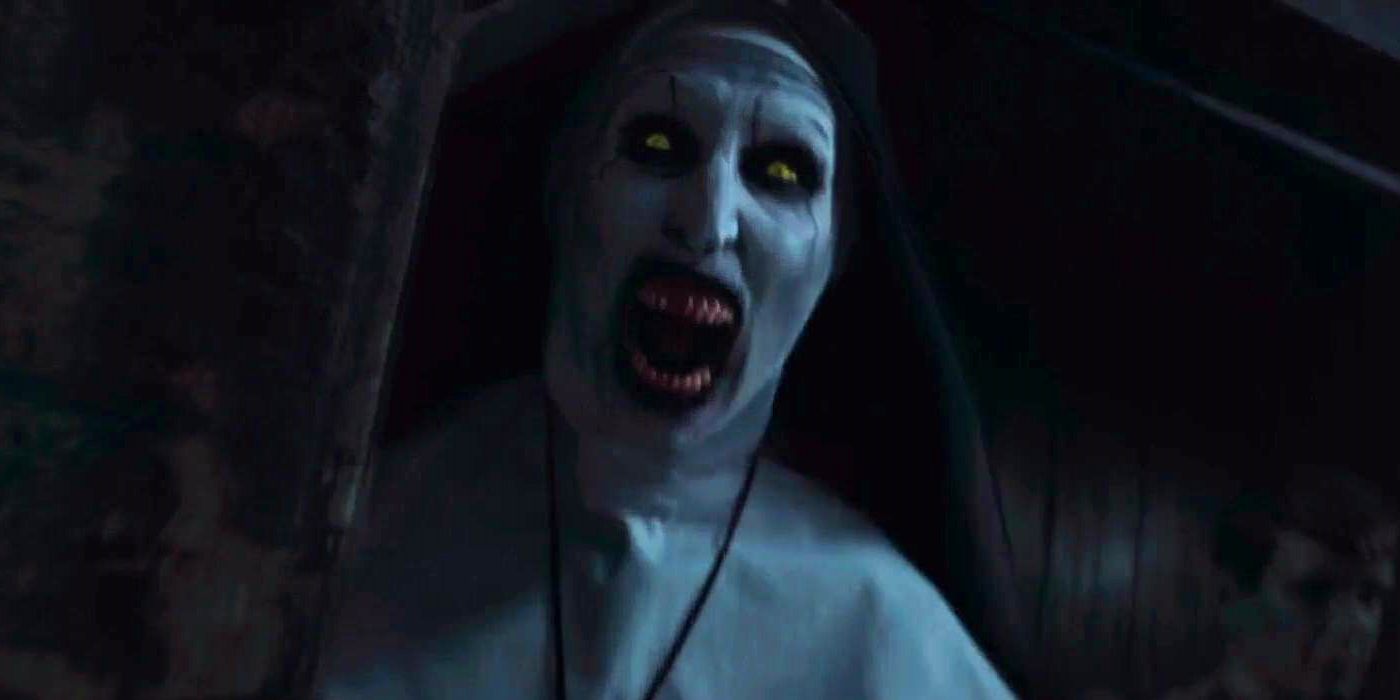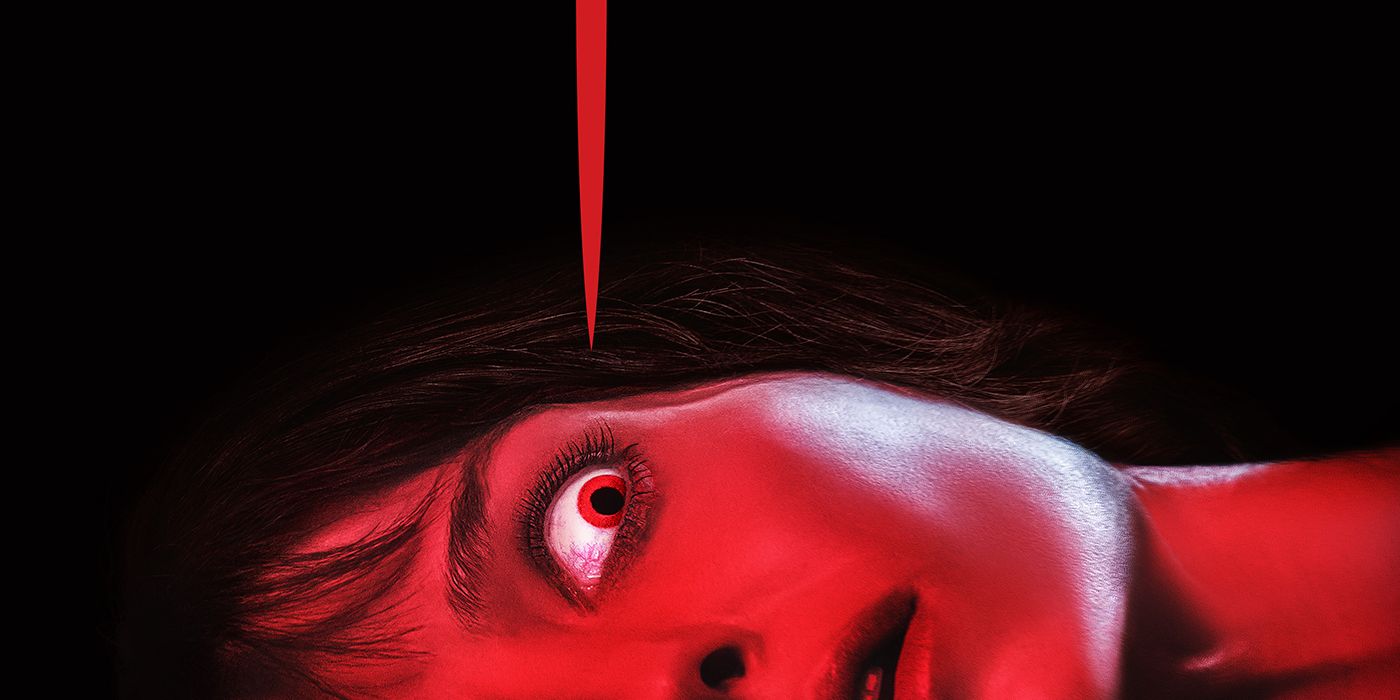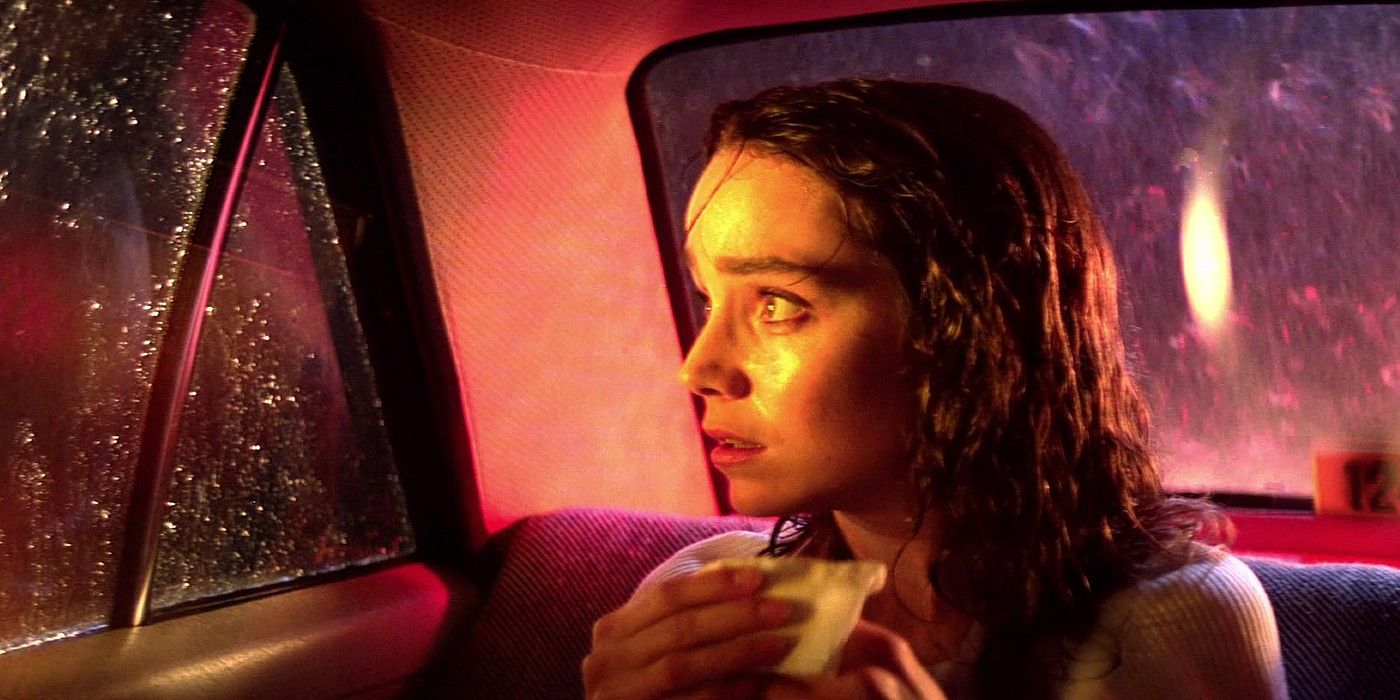Horror legend James Wan is back with the forthcoming Malignant but despite the success of his franchises like The Conjuring, this new effort needs to see the director drop his over-reliance on jump scares. Released in 2004, Saw was a massively successful indie horror that soon became a calling card for its ambitious helmer James Wan. Although Saw was infamously gritty and realistic (the first film, at least), Wan soon parlayed his success into directing horror movies with a more supernatural bent.
These movies were huge hits, with both 2010’s Insidious and 2013’s The Conjuring spawning successful franchises and in the case of the latter, a sprawling extended cinematic universe's worth of spinoffs. However, despite his success in the genre, Wan is still plagued by one recurring issue according to many otherwise positive reviews of his efforts. The filmmaker has been rightly called out for his creeping over-reliance on that most maligned of horror cliches: the jump scare.
Jump scares have gotten a bad rap in recent years and for good reason, as they are often an easy way for filmmakers to shock an audience without crafting authentic suspense. However, Wan is unusually talented at setting up effective jolts that truly do unsettle audiences, as The Conjuring franchise’s first two outings prove. Although viewers enjoyed Ed and Lorraine Warren’s demon-hunting, the primary appeal of the franchise was seeing what inventive jumps Wan and company had in store. Thus, it will be difficult for the Malignant director to stop relying on this trope when it has worked so well for him in the past, but broadening the horizons of his stylings is still a worthwhile exercise.
James Wan Is A Master Of The Jump Scare
With Insidious and The Conjuring movies (as well as the underrated 2007 release Dead Silence), James Wan has shown time and again he is a master of the jump scare technique. Where a great many directors rely on the sudden, half-second appearance of a monster or gruesome gore to make their shocks work, Wan has been able to make audiences leap at sights as benign as clapping hands appearing out of the dark, as seen in The Conjuring. His horror movies have not completely redeemed the jump scare after years of its relentless misuse in low-effort horror outings, but innovative executions of the trope like Conjuring’s "hide and clap" scene or Insidious setting its biggest jump scare in broad daylight during a civil afternoon chat prove that Wan has thoroughly mastered the technique.
James Wan's Jump Scares Are Worn Out
On the flipside, though, these jumps have become such a part of James Wan’s filmmaking toolbox that it has become almost tiresome, particularly with the continued success of The Conjuring and its spinoffs. Much like Wan abandoned the diminishing returns of the infamous “torture porn” sub-genre after Saw’s success started the trend, he is now ready to move on from supernatural jump scare-heavy outings after revitalizing the genre for horror movie directors worldwide. Fortunately, Wan is aware it is time for another reinvention of his style.
Malignant Will Be A New Kind Of Horror For James Wan
Speaking to IGN, Wan made it clear that he had no intention of resting on his laurels when it came to Malignant, and instead wanted to experiment with a new and different style of horror once again: "And I'm always trying to find new ways to reinvent myself so that I don't get stale, so to speak… Part of the reason, too, why I wanted to make Malignant was that I want people to know that this is not a jump scare film." He also stated, "... I worked very hard to make a movie that doesn't really have my traditional jump scares because it's not that kind of a movie.” As proven by Wes Craven’s jump from supernatural horrors to self-referential slashers with Scream, horror cinema history is full of such directorial reinventions.
Wan has the distinct advantage of having already mastered not one, but two types of horror, with Saw’s gory realism and The Conjuring/Insidious franchises’ paranormal stories under his belt (much like Craven had mastered revenge/exploitation cinema in The Hills Have Eyes before moving on to supernatural slashers). Thus, viewers can be sure Wan will be able to jump into a new sub-genre without the director floundering to find his feet, a fact that is further affirmed by fans of The Conjuring creator reading up on the directors the helmer has cited as influences on the upcoming Malignant.
Malignant Is Influenced By Suspense Cinema
In addition to eschewing traditional jolts, in the same interview, Wan also cites the work of Brian De Palma (like Dressed To Kill) or the early films of Dario Argento as a major influence on Malignant. The names may not be immediately familiar to all of Wan’s fans, but they are interesting influences to namecheck as De Palma’s talent for building tension has often seen the director called Hitchcock’s protege. Legendary sequences like the train station standoff of The Untouchables or Stephen King adaptation Carrie's slow-burn prom prove that DePalma is a master of building tension throughout long, slow scenes whose buildup makes viewers eager for a gory payoff. This style of horror movie making is antithetic to the jump scare, which relies on viewers being placid (and maybe even a little bored or distracted) in the lead-up to the all-important jolt.
Argento, as one of the founding fathers of Giallo cinema, shares De Palma’s talent for setting up terrifying sequences that unfold in painfully slow, tense real-time. The absurdly ambitious multi-story tracking shot in Tenebre, for example, or the grueling pit of barbed wire death in Suspiria, rely not on suddenly surprising viewers but on the opposite approach. Both sequences differ from De Palma’s style of suspense, in that neither has a shocking ending (in Argento’s slasher-style horror movies, it’s often immediately clear from the outset that neither of their victims has any hope of surviving). The horror here instead comes from the voyeuristic discomfort of forcing the viewer to endure a torturously long buildup to an inevitable conclusion, which Wan’s movies have never really aimed for since Saw. While it doesn't appear in his oeuvre to date, though, there is no reason to think the director won't prove capable of pulling this off in Malignant.

